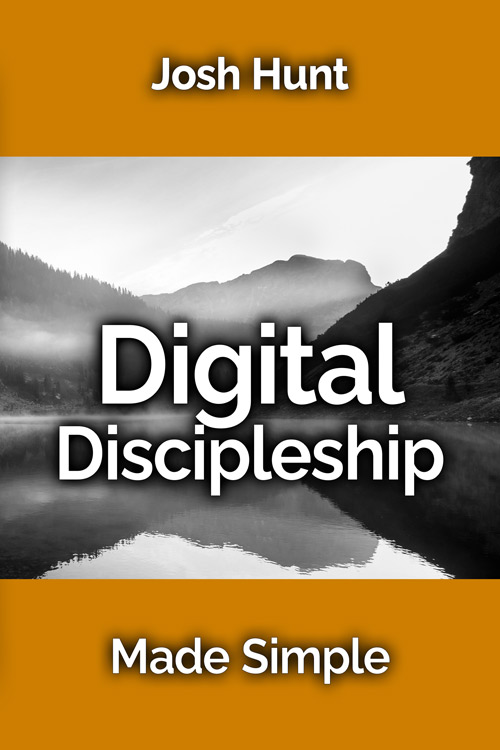 The best worship
experience I have had in the last decade have not been in a worship service or concert. They have been private experiences alone with me and Jesus and Chris Tomlin or Brooke Ligertwood with my laptop. I get to pick out the songs. I get to set the volume. I am not distracted by the thought that someone else doesn’t like the songs or the volume is too loud. I can worship for as long as I want. Sometimes, for multiple hours.
The best worship
experience I have had in the last decade have not been in a worship service or concert. They have been private experiences alone with me and Jesus and Chris Tomlin or Brooke Ligertwood with my laptop. I get to pick out the songs. I get to set the volume. I am not distracted by the thought that someone else doesn’t like the songs or the volume is too loud. I can worship for as long as I want. Sometimes, for multiple hours.
This is not to say that I don’t believe in corporate worship.
I do. And, even there our worship has been greatly enhanced by technology.
I pastor a small church in the country—forty-five minutes from the closest stop-light. On a good Sunday, we will have 30 or so people show up. As it turns out, the best piano player in a group of thirty is not all that good. I know; I am that piano player.
But, I don’t play piano at my church anymore. We sing along to Chris Tomlin or Brooke Ligertwood or Sovereign Grace Music or CityAlight Music (my
current favorite). It turns out, it is much better than my piano playing
Technology, worship and the big time
Technology can really help in a little church like mine. But it also helps churches and musicians with more resources. I was watching a video on YouTube once where Chris Tomlin’s keyboard player, Matt Gilder, was talking about how he uses technology.
Every keyboard sound you hear at a Chris Tomlin concert is created by Matt Gilder. But, it wasn’t created live.
At certain points in the concert, Matt pushes a button and some pre-recorded tracks accompany what is being created live.
As it turns out, this is a picture of how many (most) medium-sized and large churches use technology to make the worship better
Chris Tomlin’s band at your church
In recent years, churches have increasingly adopted technology to enrich their worship services, with MultiTracks becoming a prominent tool in this transformation. MultiTracks are digital
audio files that isolate individual instruments or vocal parts from a song, allowing worship teams to customize and enhance their live performances.
By integrating MultiTracks, churches can achieve a fuller, more polished sound, even when certain instrumentalists or vocalists are unavailable. I noticed this not too long ago when we visited a neighboring church for a Good Friday Service. I could hear the drums, but I didn’t see a drummer. I didn’t’ see drums. I could hear drums, but I
couldn’t see drums. What I was hearing was multitracks. All the instruments were live except the drums. This technology enables worship teams to:
- Fill Sound Gaps: Supplement missing instruments or vocals to create a complete musical arrangement.
- Maintain Consistency:
Ensure a uniform sound across multiple services or campuses.
- Facilitate Learning: Assist team members in learning specific parts by isolating individual tracks.
Real-World Application: Shawn Thomas's Experience
Shawn Thomas, a Florida-based worship leader and multi-instrumentalist, has utilized MultiTracks in his services for over five years. Despite having a live
band, he found that incorporating MultiTracks enhanced the overall worship experience. Thomas observed that there was confusion and misinformation about MultiTracks among other church musicians, prompting him to share his insights. He noted that MultiTracks serve as a valuable tool for worship teams, providing flexibility and depth to their musical arrangements.
Benefits of Using MultiTracks in Worship
- Improved Sound Quality: MultiTracks contribute to a richer and more dynamic worship experience, closely resembling professional recordings.
- Adaptability: They allow worship leaders to adjust arrangements to suit their congregation's needs, such as changing song keys or
tempos.
- Volunteer Support: For churches with limited volunteer musicians, MultiTracks can fill in gaps, ensuring a complete sound even with smaller teams.
Considerations for Implementation
While MultiTracks offer numerous advantages, it's essential to approach their integration thoughtfully:
- Training: Worship teams should receive proper training to use MultiTracks effectively, ensuring seamless incorporation into services.
- Balance: Maintaining a balance between live performance and pre-recorded tracks is crucial to preserve the authenticity of the worship
experience.
- Congregational Engagement: The primary focus should remain on facilitating congregational worship, rather than creating a concert-like atmosphere.
By thoughtfully integrating MultiTracks, churches can enhance their worship services, providing a more immersive and engaging experience for their congregations.